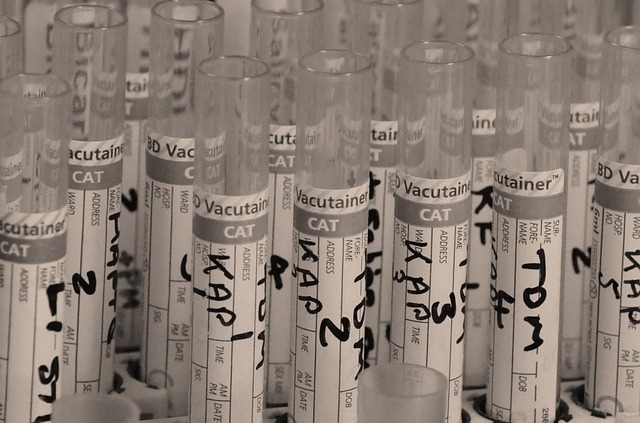A recent mouse study demonstrates the potential for a new urine test for cancer developed by Imperial and MIT engineers.
Early cancer screening is often recommended in at-risk population groups. Early detection of cancer has been proven to improve patient quality of life and survival. Despite the benefits of cancer screening, it can often be expensive and require frequent visits to a medical clinic, which makes access to these tools limited. People who live in more rural or remote areas may not have proper access to these cancer screening tools. To address this problem, researchers have focused their efforts on developing new point-of-care cancer detection tools that are cheaper, quicker, and easier to use.
A new urine test for cancer was recently developed by engineers from Imperial and MIT, two international engineering labs. The technology behind their newly developed urine test for cancer takes advantage of a chemical reaction within the body, without the use of expensive and complicated lab instruments. The initial test results of their new urine test for cancer done in mouse models were published in Nature Nanotechnology.
The engineering teams focused on colon cancer and the tumour proteins (or enzymes), known as matrix metalloproteinases (MMPs), that the tumour produces and releases to help accelerate its growth and spread to surrounding healthy cells. The engineers designed a nanosensor that is specifically targeted and broken up by MMPs in the tumour’s environment. The broken nanosensors are then small enough to filter through the kidneys and produce the chemical reaction that turns the urine blue. This colour change can be seen with the naked eye to signal the presence of a cancer tumour. In healthy mice, without tumour-produced MMPs, the nanosensors remain intact, leaving them too large to pass through the kidney, thus leaving the urine colour unchanged.
The researchers tested and compared their technology in mice with colon cancer versus healthy mice. They injected the nanosensors into a sample of 28 mice (14 had tumours and 14 were healthy) and found that mice with colon tumours produced bright blue urine whereas healthy mice had no urine colour change.
The team designed the nanosensors to prevent the immune system from detecting it so that its use would not produce immune reactions or side effects. In the four-week follow-up post-administration of the nanosensors, the mice did not show any side effects nor did they detect any leftover nanosensor particles (intact or broken) in the mice.
The initial testing of the newly developed urine test for cancer shows a lot of promise for the future of point-of-care cancer testing and they will continue to test the accuracy and safety of their diagnostic test in other animal models. The researchers are now working on creating a formulation that is easier for administration as well as developing ways for the urine test to distinguish between different cancers and diseases.
Written by Maggie Leung, PharmD.
Reference:
(2019, September 3). Color-change urine test for cancer shows potential in mouse study. Retrieved from:https://www.eurekalert.org/pub_releases/2019-09/icl-cut090219.php
Image by PublicDomainPictures from Pixabay


